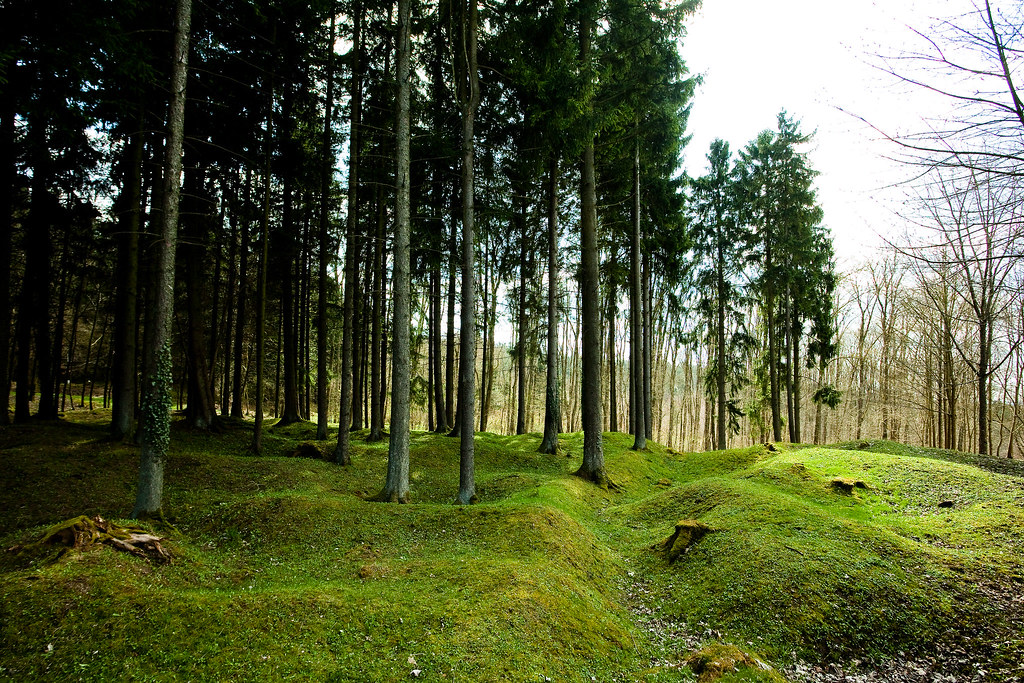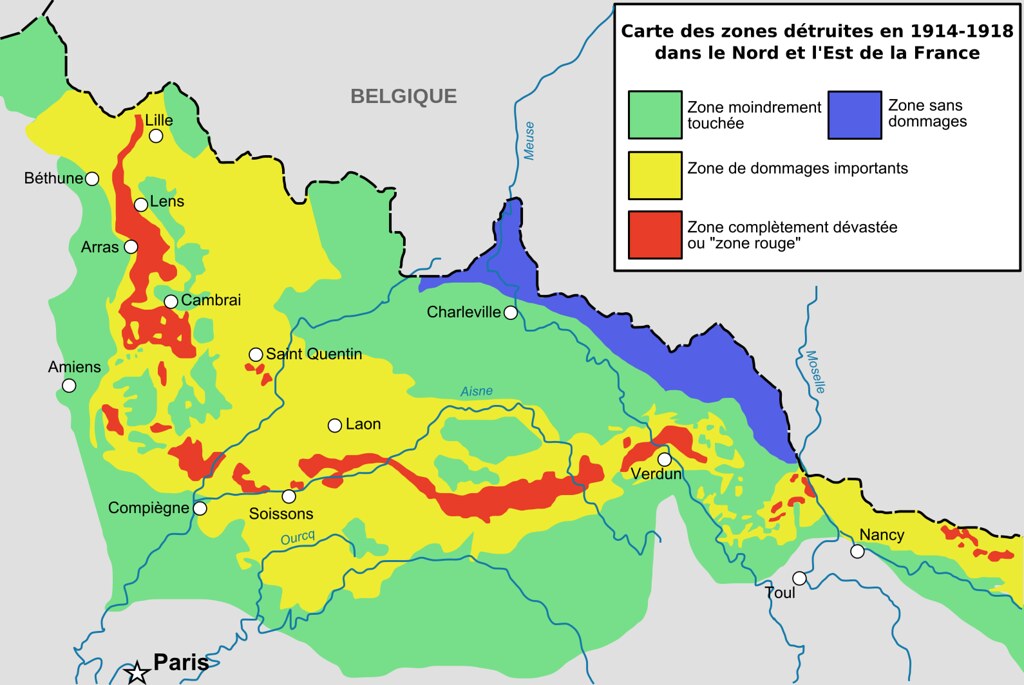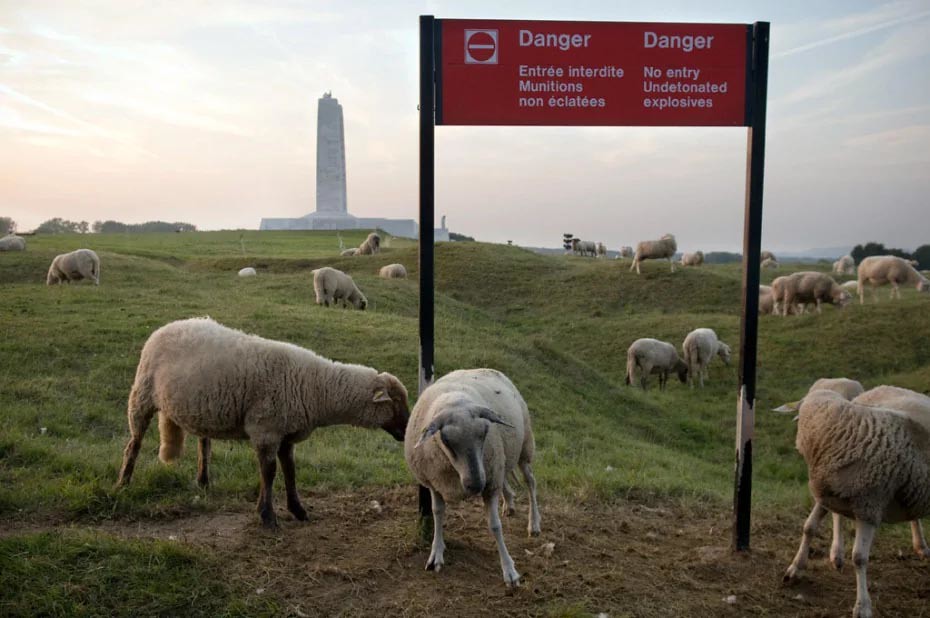Zone Rouge: the territory of France that still suffers the effects of the World War I
Of all the wars that have occurred throughout human history, World War I was one of the deadliest.
One of the most terrible moments of that war the Battle of Verdun (1916), which lasted almost ten months and was one of the bloodiest battles in the history of mankind, with hundreds of thousands of deaths. That battle was fought in the north-east of France and its effects are still present today for several reasons: multitudes of bodies of dead men and animals (many of which were not collected after the war, due to to their state and to the places where they had fallen), in addition to the ammunition and toxic gases used, they poisoned the soil, making it unsuitable for cultivation.

In addition, many shells still remain in that area, not only explosives but also gas, so there is a part of that territory that continues to be, to this day, access prohibited due to its dangerousness. It is the so-called "Zone Rouge" (Red Zone), where the effects of that war are still spreading to this day, and will continue spreading into the future, as that zone will take hundreds of years to be cleaned up: some estimates calculate that it will take up to 700 years to repair the damage of the First World War in that territory.

Even today, more than 100 years after the end of that war, France and Belgium continue to collect hundreds of tons of unexploded munitions in the area. In 2015, HistoryASM noted that some experiments carried out in 2005 and 2006 found up to 300 shells per 10,000 square meters in the top 15 centimeters of the ground in the worst areas of the places where the Battle of Verdun took place .

The risks posed by these unexploded ordnances are significant. Since the end of World War I, an estimated 1,000 people have been killed by unexploded ordnance explosions. The most recent deaths from unexploded ordnance occurred in Belgium in 2014. the possible explosion of unexploded ordnance is added high levels of lead, mercury and arsenic contamination due to the composition of these munitions. This means that the most polluted lands are closed to agriculture.

What happened in Verdun, as well as the cases of other battles in that and other countries, indicate to what extent a war is not only a terrible event for the people who suffer it, but also for future generations, which can be affected by the consequences for centuries. If you want to know more about the "Zone Rouge", the channel Nova Lectio International< strong> has published a video as interesting as it is shocking:
---
Main photo: Nova Lectio International.
|
Don't miss the news and content that interest you. Receive the free daily newsletter in your email: Click here to subscribe |
- Lo más leído
- A British fairytale ruin: the abandoned shoe house on the Isle of Wight
- The interior of the Statue of Liberty torch and the sabotage that canceled its visits
- A virtual tour of ancient Rome in full color, just as it was in its heyday
- The supermassive black hole of Phoenix A, the biggest known light-devouring monster
- The unknown Soviet female cosmonaut who died on a mission: history or hoax?
- A large collection of Volkswagen cars hidden in an abandoned mine in Switzerland
- An old Soviet military plane abandoned from 1971 on a Russian island near Alaska

 ES
ES





Opina sobre esta entrada: